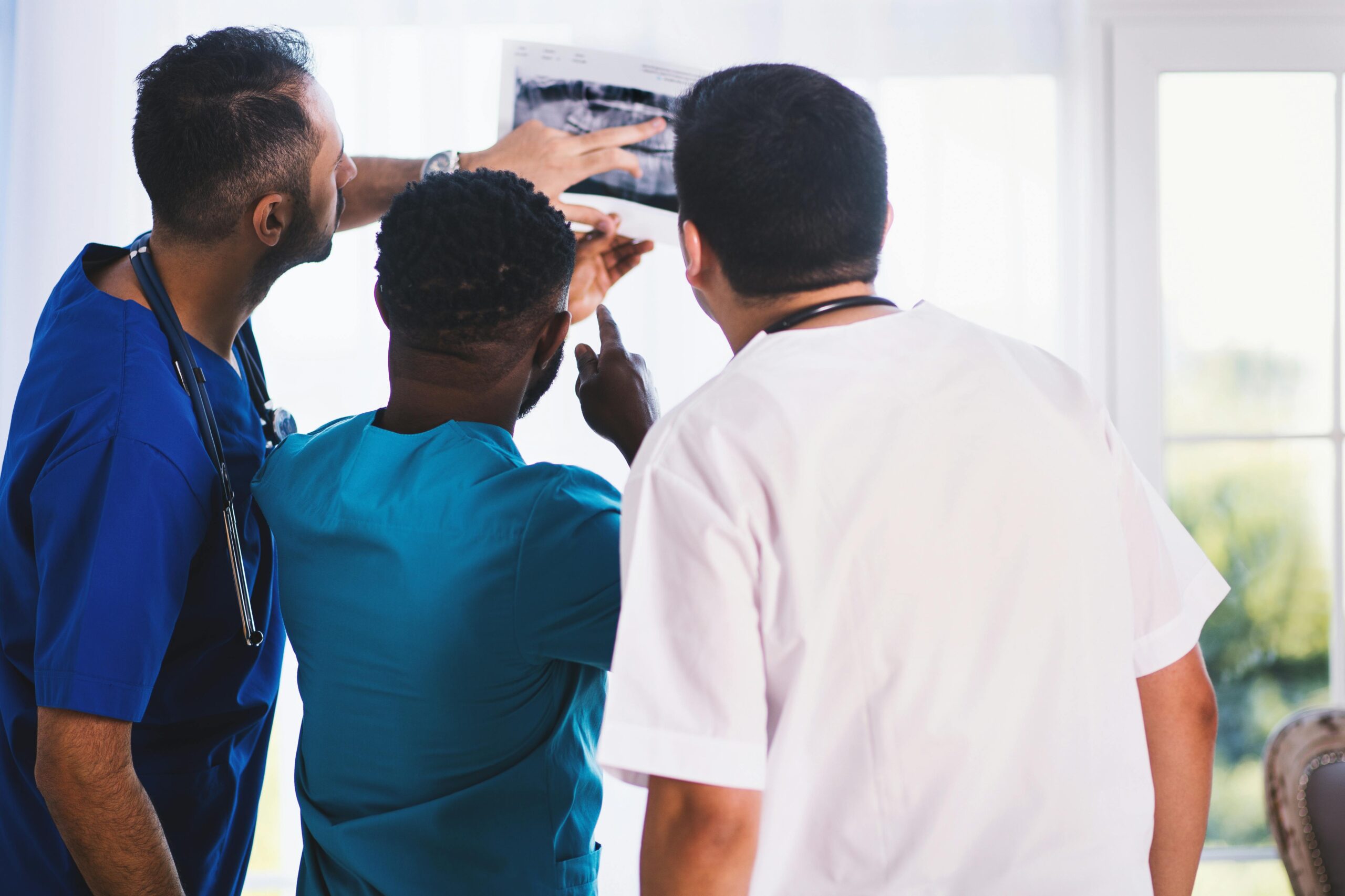Addressing healthcare disparities in underserved regions requires innovative approaches, including the integration of medical and nursing students into healthcare delivery systems. This approach not only benefits patients but also enhances the training of future healthcare professionals.
The Role of Students in Healthcare Delivery
Studies have shown that involving students in clinical care improves outcomes for underserved populations. According to JAMA (2021), 90% of patients in underserved areas reported higher satisfaction and perceived quality of care when medical or nursing students were involved in their treatment.
For nursing students, participation in underserved settings builds resilience and practical skills. A report from Nursing Times (2023) found that 70% of nursing students trained in resource-limited settings felt better prepared for professional challenges.
Benefits Beyond Education
Including students in healthcare systems also fosters stronger community ties. Their presence addresses immediate care needs while simultaneously creating trust and promoting health education, particularly in marginalized populations.
References
- JAMA. (2021). Patient Outcomes and Student Involvement.
- Nursing Times. (2023). Nursing Student Preparedness.

